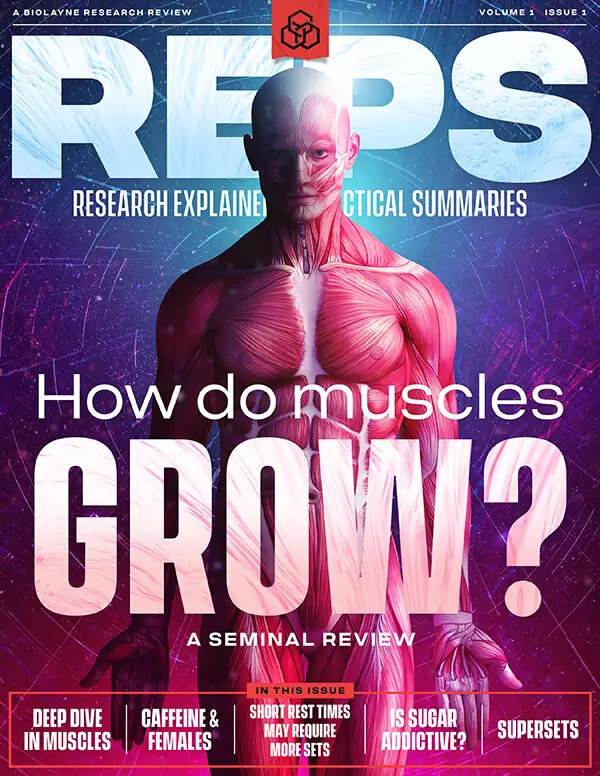Protein is widely recognized as the most thermogenic macronutrient. This meta-analysis explores how different protein amounts and types influence diet-induced thermogenesis and energy expenditure.
Overview
- What did they test? The study tested the effects of isocaloric meals or chronic diets containing different amounts or types of protein on diet-induced thermogenesis (DIT), total daily energy expenditure (TDEE), resting energy expenditure (REE) and substrate oxidation.
- What did they find? Higher-protein diets increased DIT in acute settings, particularly in individuals with normal weight, but the effect was reduced or absent in people with overweight or obesity. Chronic higher-protein diets also increased TDEE and REE, with more pronounced effects observed in younger individuals, eucaloric conditions, and shorter intervention periods. Additionally, higher-protein intake promoted greater fat oxidation and reduced carbohydrate oxidation, regardless of the protein source.
- What does it mean for you? These findings confirm the effects of higher protein meals increasing DIT, TDEE, and REE. Protein type does not seem to play a role in this energy metabolism response. However, people with higher BMI (27+) have less of an energy metabolism response to higher protein diets.
What’s the problem?
Obesity affects over 40% of adults in the United States, increasing the risk of chronic diseases such as cardiovascular disease, type 2 diabetes, and musculoskeletal disorders. Energy imbalances, where total daily caloric intake exceeds expenditure, can lead to gradual weight gain over time, in turn leading to people becoming obese.
Diet-induced thermogenesis (DIT)—the energy expended during digestion, absorption, and nutrient storage—accounts for roughly 10% of total daily energy expenditure (TDEE) 1. Resting energy expenditure (REE), the largest component of TDEE (60–75%), reflects the energy required to maintain essential physiological functions at rest. REE is influenced by body composition, age, sex, and metabolic health 2.
DIT is also referred to as the thermic effect of food (TEF). The thermogenic effect of macronutrients varies, with protein having a higher DIT (20%–30%) compared to carbohydrates (5%–10%) and fat (0%–3%). High-protein meals elicit a greater thermogenic response due to the high metabolic cost of protein digestion and amino acid metabolism 3. Some evidence suggests that protein's thermogenic effects may be reduced in individuals with obesity due to metabolic adaptations, although these findings are inconsistent 4.
Substrate utilization—the body's capacity to oxidize carbohydrates, fats, and proteins for energy—is often impaired in obesity, leading to reduced fat oxidation and increased reliance on carbohydrate metabolism. This metabolic inflexibility can contribute to further fat accumulation and hinder weight loss efforts 5. High-protein diets not only enhance DIT but may also improve substrate utilization by increasing fat oxidation and preserving lean body mass, thereby supporting a higher REE. Indeed, studies have shown that high-protein diets promote greater fat oxidation and metabolic flexibility compared to low-protein diets 6.
The current study aimed to systematically analyze the effects of different protein amounts and types on DIT, TDEE, REE, and substrate utilization in both acute and chronic dietary interventions. This meta-analysis also explored the influence of protein type, such as plant versus animal sources.
Purpose
To determine how different amounts and types of protein influence DIT, TDEE, REE, and substrate utilization with isocaloric meals and diets.
Hypothesis
The authors did not explicitly state a hypothesis, but based on the narrative they likely think higher-protein diets induce more DIT and TDEE than lower-protein diets.







